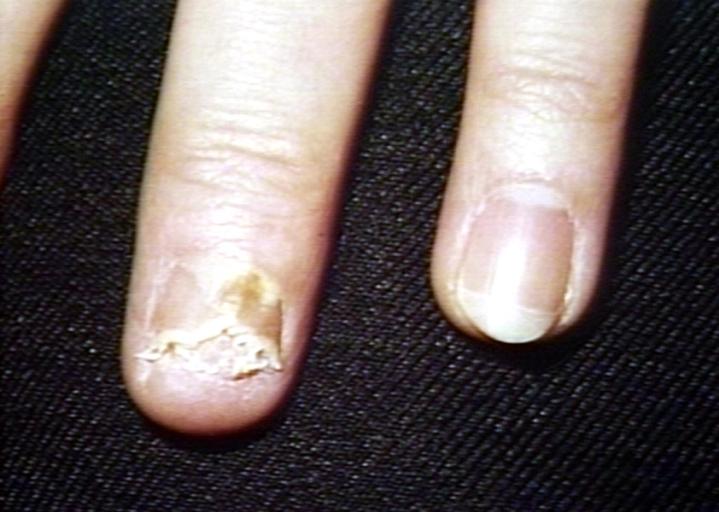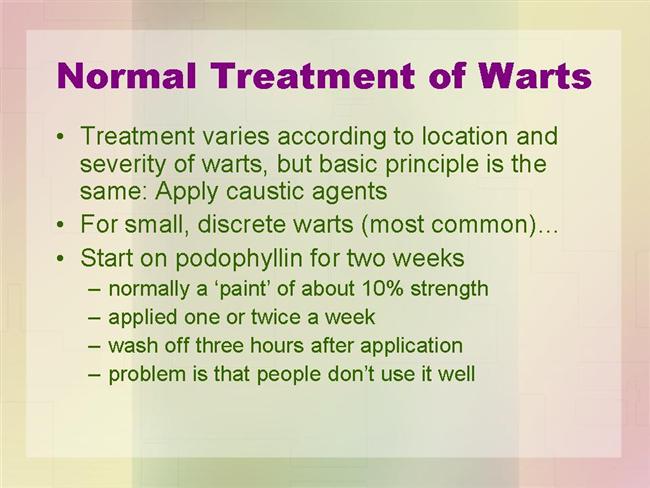Warts, also known as verrucae, are small, rough growths on the skin caused by a viral infection. They can appear anywhere on the body and affect people of all ages. While they are generally harmless, warts can sometimes cause discomfort or embarrassment. Understanding their types, causes, symptoms, and treatments is essential for managing them effectively.

What Are Warts?
Warts are skin growths caused by the human papillomavirus. This virus infects the top layer of the skin, leading to the formation of hard, grainy bumps. They can vary in size, shape, and color, and their appearance often depends on where they develop on the body. Although warts are not dangerous, they can spread to other parts of the body or to other people if proper precautions are not taken.
Common Misconceptions About Warts
- Myth: Warts have roots that grow deep into the skin.
Fact: Warts only affect the top layers of the skin and do not have roots. - Myth: Warts are caused by touching frogs or toads.
Fact: Warts are caused by a viral infection, not by animals. - Myth: Warts will go away on their own without treatment.
Fact: Some warts may resolve without intervention, but others can persist for years if untreated.
Types of Warts
There are several types of warts, each with distinct characteristics and locations on the body. Below are the most common types:
Common Warts
These warts typically appear on the fingers, hands, and around the nails. They are small, raised, and have a rough texture. Common warts often have tiny black dots, which are clotted blood vessels, visible on their surface.
Plantar Warts
Plantar warts develop on the soles of the feet. Unlike other types of warts, these grow inward due to the pressure from walking or standing. They can be painful and feel like stepping on a pebble. Plantar warts often have a thick, calloused layer over them.
Flat Warts
Flat warts are smaller and smoother than other types. They usually appear in clusters on the face, thighs, or arms. These warts are more common in children and young adults. Their color can range from pink to light brown.
Filiform Warts
Filiform warts are long, narrow, and spiky. They often grow around the mouth, nose, or eyes. Because of their location, filiform warts can be particularly bothersome and noticeable.
Genital Warts
Genital warts are a sexually transmitted type of wart that appears in the genital area. They are soft, flesh-colored, and can form in clusters. Genital warts require specialized medical attention due to their association with certain types of cancer.
Causes of Warts
The primary cause of warts is the human papillomavirus. This virus enters the body through tiny cuts or breaks in the skin. Once inside, it triggers rapid growth of cells on the outer layer of the skin, resulting in the formation of warts. Several factors can increase the likelihood of developing warts:
Weakened Immune System
A compromised immune system makes it harder for the body to fight off the virus. People with conditions like diabetes, HIV, or those undergoing chemotherapy are at a higher risk of developing warts.
Direct Contact
Touching a wart or coming into contact with surfaces contaminated by the virus can lead to infection. For example, sharing towels, razors, or walking barefoot in public showers increases the risk of contracting warts.
Close Personal Contact
Warts can spread through skin-to-skin contact. This is especially true for genital warts, which are transmitted during sexual activity.
Damp Environments
Moist environments, such as swimming pools and locker rooms, provide an ideal setting for the virus to thrive. Walking barefoot in these areas can increase the chances of developing plantar warts.
Symptoms of Warts
The symptoms of warts depend on their type and location. However, some general signs can help identify them:
Physical Appearance
Warts are usually small, raised, and rough to the touch. They may have a cauliflower-like texture or appear flat and smooth. The color of warts can range from flesh-toned to gray, pink, or brown.
Pain or Discomfort
Some warts, especially plantar warts, can cause pain or discomfort when pressure is applied. Filiform warts may irritate the surrounding skin due to their location near sensitive areas like the eyes or mouth.
Bleeding or Irritation
Warts can bleed if scratched or injured. They may also become irritated, leading to redness or swelling in the affected area.
Clusters of Growth
Certain types of warts, such as flat warts, tend to appear in groups. These clusters can spread to nearby areas if left untreated.
Treatments for Warts
While some warts disappear on their own, others may require medical intervention. The choice of treatment depends on the type of wart, its location, and the patient’s preference. Below are some common treatment options:
Over-the-Counter Treatments
Many people opt for over-the-counter remedies as a first step. These treatments typically contain salicylic acid, which works by gradually dissolving the wart. To use these products effectively, follow these steps:
- Soak the wart in warm water for about five minutes to soften it.
- Gently file the wart with a pumice stone or emery board.
- Apply the treatment as directed on the packaging.
- Repeat the process daily until the wart disappears.
Cryotherapy
Cryotherapy involves freezing the wart with liquid nitrogen. This procedure is performed by a healthcare professional and causes the wart to blister and fall off within a few weeks. Multiple sessions may be required for complete removal.
Laser Treatment
Laser therapy uses intense beams of light to destroy the blood vessels supplying the wart. Without a blood supply, the wart eventually dies and falls off. This method is often used for stubborn or recurring warts.
Surgical Removal
In some cases, a doctor may recommend surgically removing the wart. This procedure involves cutting the wart out under local anesthesia. Surgical removal is typically reserved for large or persistent warts.
Immunotherapy
Immunotherapy involves stimulating the body’s immune system to fight the virus causing the wart. This can be done by applying specific chemicals to the wart or injecting medications directly into it. Immunotherapy is often used for severe or widespread cases.
Natural Remedies
Some people prefer natural methods to treat warts. Popular home remedies include:
- Apple Cider Vinegar: Applying diluted apple cider vinegar to the wart may help dry it out and promote healing.
- Tea Tree Oil: Known for its antiviral properties, tea tree oil can be applied directly to the wart.
- Duct Tape: Covering the wart with duct tape for several days may help suffocate it and encourage it to fall off.
Preventing Warts
Preventing warts involves reducing exposure to the virus and maintaining good hygiene practices. Here are some tips to minimize the risk:
Avoid Direct Contact
Do not touch warts on yourself or others. If you must handle a wart, wash your hands thoroughly afterward.
Keep Skin Healthy
Maintaining healthy skin reduces the risk of the virus entering through cuts or abrasions. Moisturize regularly and avoid biting your nails or picking at hangnails.
Wear Footwear in Public Areas
Always wear shoes or sandals in communal spaces like gyms, locker rooms, and swimming pools to avoid contact with contaminated surfaces.
Boost Your Immune System
Eating a balanced diet, exercising regularly, and getting enough sleep can strengthen your immune system and help prevent warts.
Vaccination
A vaccine is available to protect against certain strains of the human papillomavirus that cause genital warts and related cancers. Consult a healthcare provider to determine if this vaccine is right for you.





